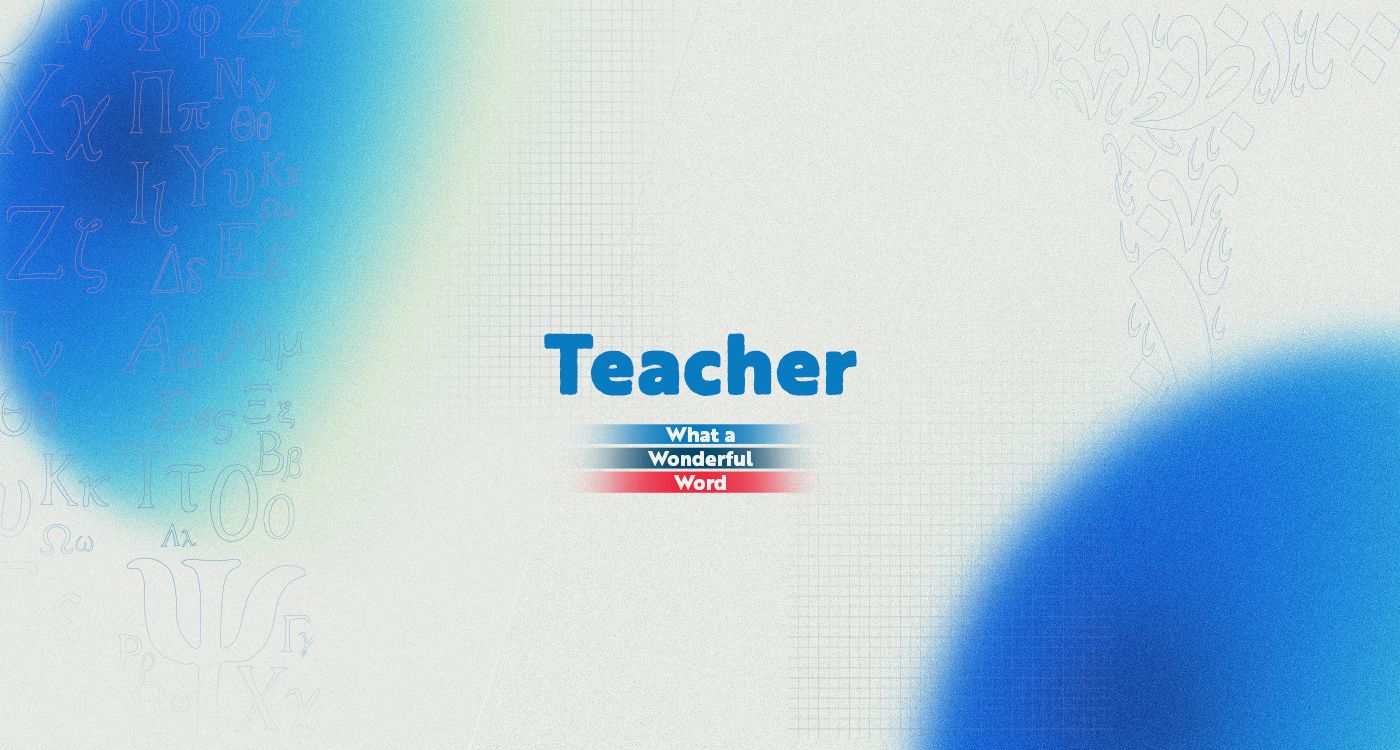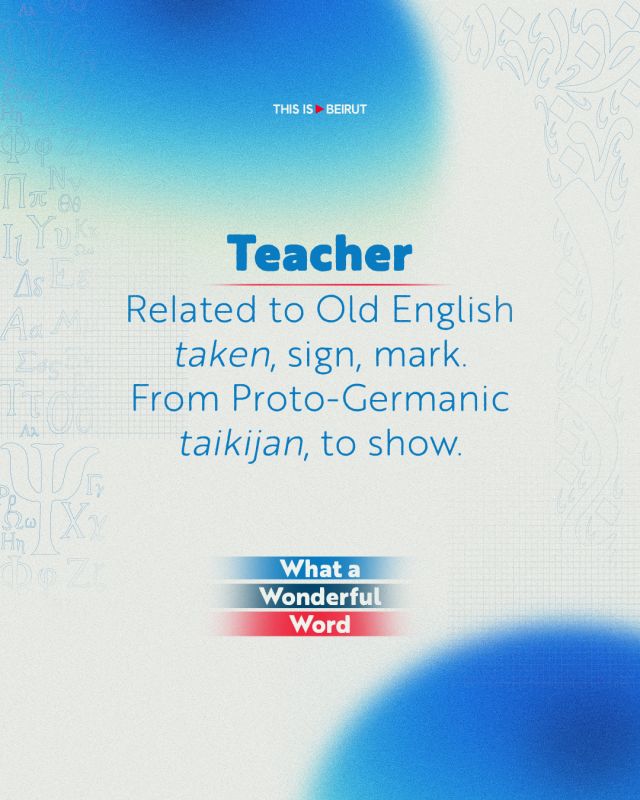
Who among us does not remember that one teacher who left a lasting mark, whether at school or university? Did you know that the word teacher goes back to Old English tæcan, meaning “to show, point out, mark”?
This Sunday, October 5, we celebrate World Teachers’ Day, established by UNESCO.
It is an occasion to reflect on a word tied to an essential mission – transmitting knowledge – a mission now being tested amid profound digital transformations in education.
A Word That Shows the Way
From its Proto-Germanic root taikijan (“to show”), the word teacher has always carried the sense of guiding, marking a path, or transmitting knowledge.
By the mid-14th century, teacher described both a “moral guide” and one “who gives instruction in a field or craft.” Even earlier, it referred to the “index finger” – the one that literally points the way.
Over centuries, it has come to designate the figure whose essential role is to show, guide, and awaken minds. Today, teachers remain those who illuminate knowledge, even as tools and methods change dramatically in the digital age.

World Teachers’ Day: A Global Celebration
Since 1994, World Teachers’ Day has been celebrated every year on October 5 to honor educators worldwide. It commemorates the adoption of the landmark 1966 ILO/UNESCO Recommendation concerning the Status of Teachers, a text that set international benchmarks on rights, responsibilities, and working conditions. A complementary recommendation for higher-education teaching personnel was added in 1997.
Each year, the Day offers both a celebration of the teaching vocation and a reminder of the systemic support teachers need to thrive. In October 2025, UNESCO and its partners (International Labor Organization, UNICEF, Education International) are highlighting the theme “Recasting teaching as a collaborative profession.” The celebrations are taking place in Addis Ababa at the Pan-African Conference on Teacher Education (PACTED), with high-level panels, ministerial contributions, and discussions on how collaboration – through mentoring, co-teaching, and communities of practice – can transform not only teacher well-being but also learning outcomes.
A Shortage With Urgent Implications
Beyond the celebrations lies a sobering reality: the world faces a critical teacher shortage. According to the UNESCO Global Report on Teachers (2024), education systems will require 44 million additional primary and secondary teachers by 2030 to meet the goal of universal education (Sustainable Development Goals, SDG4).
Sub-Saharan Africa alone will need 15 million of them, but shortages are also acute in high-income regions like Europe and North America. Attrition is rising, with nearly one in ten teachers leaving the profession annually.
The crisis is not just about numbers. Poor salaries, precarious contracts, heavy workloads, and lack of recognition are driving teachers away, undermining both quality and equity in education. UNESCO estimates that $120 billion per year will be needed globally to finance new teaching positions by 2030 – a major but indispensable investment.
Teaching in the Age of AI
Never has the role of teachers been questioned as much as in the digital age. With artificial intelligence capable of generating lessons, quizzes, and even grading, some fear teachers could be sidelined. Yet experts insist the opposite: AI only magnifies the irreplaceable human role of teachers as mediators of meaning, context, and critical thinking.
Teachers are no longer just transmitters of knowledge but guides helping students navigate an overwhelming ocean of data. As the UNESCO-ILO High-Level Panel on the Teaching Profession argues, teachers must be empowered, not replaced.
Despite challenges, passionate teachers continue to shape generations, often remembered for the way they marked a student’s path. As we approach 2030, the urgent task remains to restore stability, attractiveness, and recognition to the profession on which the future of education and society depends.


Comments